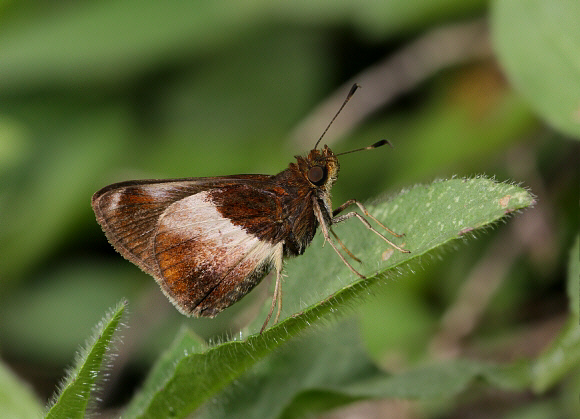
Introduction
In the neotropical region there are 2365 described species of Hesperiidae. The family is divided into 5 subfamilies – Pyrrhopyginae (Swifts – 163 sp), Heteropterinae (Chequered Skippers – 139 sp), Megathyminae (Trap-door Skippers – 32 sp), Pyrginae (Spreadwings – 991 sp), and Hesperiinae (Grass Skippers – 1040 sp).
The Hesperiinae are known as Grass Skippers because their larvae feed on grasses, bamboos, and other monocotyledons.
The genus Remella is very easily recognized due to the distinctive white central band on the underside hindwings. There are 5 known species in the genus – duena, rita, and vopiscus are found in Central America, while remus and cusullunia are South American species.
Remella remus is distributed from Panama to Bolivia.
Habitats
This species is found in disturbed habitats including forest clearings, riverbanks, and roadsides at altitudes between about 400-1800m.
Lifecycle
To be completed.
Adult behaviour
These butterflies are usually encountered singly in sheltered areas, e.g., along wide grassy forest trails, woodland edge habitats, roadsides, and riverbanks. They are generally discovered sitting on the foliage of bushes or herbaceous plants.
